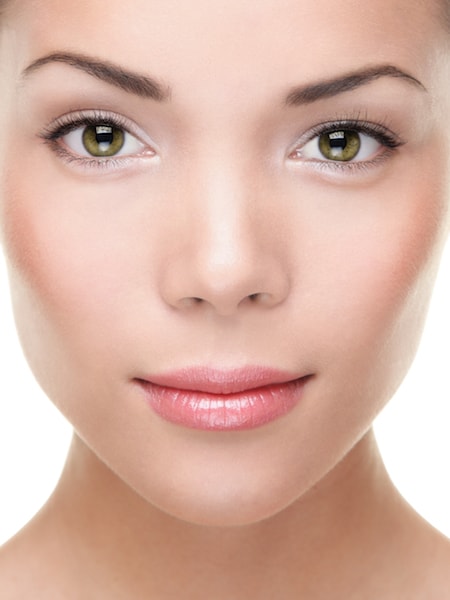 Anti-aging treatments have come a long way giving people many options for skin rejuvenation. Botox, fillers, laser treatments and facelifts are just a few of the possibilities used to fight the natural effects of aging. It can be difficult to decide between surgical or non-surgical rejuvenation and you need to consider the risks and benefits of both options. Understanding individual procedures can help you narrow down your choices. You should always discuss a procedure, as well as any possible risks and complications, with your surgeon before undergoing any procedure.
Anti-aging treatments have come a long way giving people many options for skin rejuvenation. Botox, fillers, laser treatments and facelifts are just a few of the possibilities used to fight the natural effects of aging. It can be difficult to decide between surgical or non-surgical rejuvenation and you need to consider the risks and benefits of both options. Understanding individual procedures can help you narrow down your choices. You should always discuss a procedure, as well as any possible risks and complications, with your surgeon before undergoing any procedure.
Neurotoxins
- Some commonly used neurotoxins include Botox, Dysport and Xeomin
- A non-surgical procedure which can be performed in the doctor’s office in just a few minutes and requires no downtime
- Used to soften facial creases from smiling, frown lines between the eyes, crow’s nest along the sides of the eyes, fine lines and wrinkles caused by natural muscle contractions
- Injected into the contracting muscle beneath the wrinkle to temporarily paralyze the muscle and allow the skin to relax and smooth out
- Some of the risks and complications include swelling, bruising, redness, allergic reactions, weakened muscles, pain and/or bleeding at the injection site and droopy eyelids
- Results can normally be seen in 3-4 days
- Results can last 3-6 months but must be repeated to maintain the results
- Can be used in combination with dermal fillers to provide smoother and youthful skin
Dermal Fillers
- Commonly used hyaluronic acid fillers include Juvederm and Restylane
- A non-surgical procedure which can be performed in the doctor’s office in just a few minutes with no downtime
- Used to treat volume loss which occurs as a result of aging, shadowed contours under the eyes and sunken orbital areas as well as developing the shape of the lips, improving the appearance of scars and softening deep folds such as the nasolabial fold or the wrinkle on each corner of the mouth
- Injected under the skin to plump areas that lack definition
- Commons risks or complications include bleeding from the injection site, minor swelling and bruising, asymmetry or lumps
- Results can be seen immediately
- Results last between 18-24 months depending on the type of filler but the treatment must be repeated to maintain the results
- Can be used in combination with Botox, facelift and liposuction
Laser Treatments
- Commonly performed laser treatments such as Fraxel
- A non-surgical procedure which can be performed in a doctor’s office that, depending on the treatment, may require some downtime and recovery
- Used to tighten minimally loose skin while removing fine lines, wrinkles, age spots, large pores, scars, spider veins and various skin imperfections
- Laser treatments heat and/or vaporize the skin’s surface layer in order to penetrate deeper tissue which promotes collagen growth and also allows new skin to form in its place
- The recovery or downtime depends on the size and depth of the treated area as well as the type of laser treatment used
- Some risks and complications include tenderness in the treated area, swelling, itching, bleeding, blistering, crusting, infection, scarring, pigment changes in the skin and redness which can last 6-12 weeks
- Results are gradually seen as the area heals
- Results can last for 2-3 years depending on the type of laser treatment
Facelift
- A surgical procedure performed in a medical facility that takes several hours to perform and requires a substantial amount of recovery and downtime
- Patients can choose between a full facelift or a partial facelift that treats limited areas
- Removes excessive loose skin, as well as tightens the skin and muscles, on the forehead, upper eyelids, neck, and jowls
- The loose skin is lifted, reshaped and contoured to provide smoother and younger looking skin while the underlying facial muscles are tightened
- Downtime is approximately 10-14 days before returning to work but it can take several more weeks for any bruising to subside
- Common risks and complications include swelling, bruising, scarring from the incision, bleeding, infections, poor wound healing, nerve injuries, numbness, tissue death, hair loss along the incision line and facial paralysis
- Results can be seen after the swelling has subsided but it can take 4-6 months for the swelling to completely subside
- Results can last for 10 years or until the skin begins to lose its elasticity
- Can be combined with other procedures such as a neck lift and brow lift